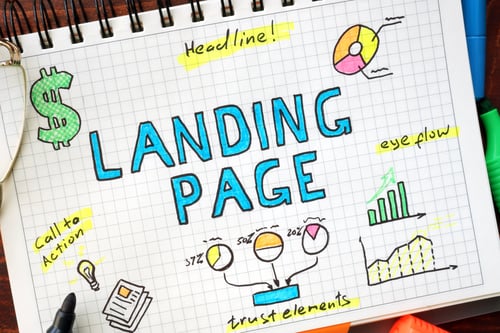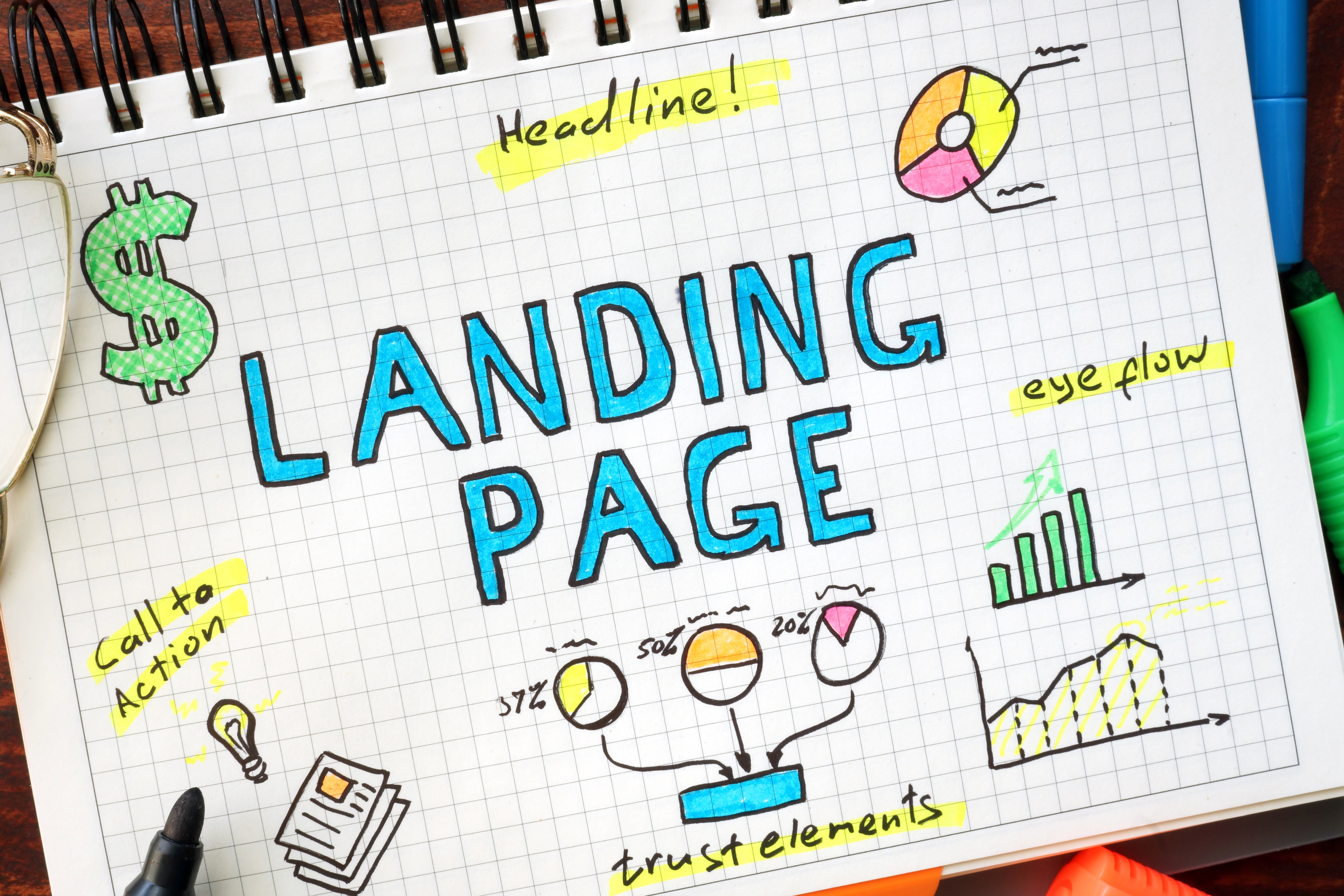By: Jacob Hanson
Landing pages are nothing new; nearly everyone who has worked in inbound marketing has created them many times over. Historically, landing pages have been an easy way to house content and capture sign-ups for a web event. Some education marketers use them for their “Contact Us” page.

However, times have changed! Landing pages have become an extremely crucial aspect of any inbound marketing campaign, especially for those of us who market to the education industry. Not only are landing pages essential to driving meaningful traffic to your website, but they are critical in continuing to push your prospects through the inbound marketing and sales funnel, and that's where lead conversion paths come into play.
Here are 7 steps that will dramatically increase the effectiveness of your landing pages in capturing information from decision-makers in the education marketplace—and will ultimately increase your conversion rates. Take a look before your next email campaign and see if you are able to check off every item on this list!
- Don’t beat around the bush. Be extremely clear in communicating your message!
Are any of you nodding your heads and saying quietly, “Gee thanks, but I already do this!” You may not be. Like many of us, you live and breathe marketing messages every single day. Your education prospects simply don’t. It is up to us to put the WHY before the HOW in our landing pages.
Why should readers spend their limited time interacting with this content offer—or better yet, your brand? If you can answer this question in fewer than 10 words, you are well on your way!
- Lead with the benefits, close with the features.
Once you have completed the 10 words or less exercise in step 1, you can then begin to develop your message, but not with product features! Develop your message based on the benefit it has to your reader, not as a place to cut and paste the features of your product or service.
How this reader FEELS will determine whether they take your desired course of action. By quickly describing the benefits of your offer, you can steer their feelings about your content and brand. One question we ask ourselves as we create landing pages is this: “Will this piece of content make a positive difference in their lives or the lives of their teachers and students?”
It may not even be appropriate to list your services on the landing page. It might be better to prompt each prospect to sign up for your trial or to download an ebook that builds on the idea of the primary content.
- Keep it clean and focused! Don’t distract from the action you want prospects to take.
An uncluttered design is the best way to lead your prospect’s eye where you want it to be. Everyone skims, so remember that white space is your friend. Content that is well spaced and not overly dense is more consumable than dense paragraphs.
Side note: be cautious about how many CTAs you have on a single landing page. You are better off creating multiple landing pages for each content offer. Besides, Google likes that as well!
- Mind your P’s and Q’s. Don’t rely on spell check!
This one goes without saying, but we are saying it anyway! Get a second or third set of eyes on your landing page content; it really needs to be spot-on.
- Prepare for the onslaught of data.
Please see my note above about checking these boxes before embarking on your next email campaign. If you are not set up to collect and effectively analyze you landing page data, then you won’t realize the ROI you are looking for. Remember, this is not just about seeing who fills out the form and downloads that piece of content. There is much more to capture and learn from!
At the very least, install Google Analytics to collect source data, page performance, and user behavior. If you have a marketing automation platform like HubSpot, you are really cooking with gas! These powerful platforms allow you to see much more detailed information on the performance of your landing page and your campaigns.
Another best practice is to set up heatmapping software (HubSpot and comparable platforms offer these features), that show you how far on a page a visitor scrolls, what other pages they visit, and how long they spend on those pages. This is critical to seeing what other content each prospect is interested in, allowing you to strategically offer similar content to keep moving them through the funnel.
- Don’t wait until the end to hit visitors with a WOW statement.
Roughly 4 in 5 people won’t make it much past your headline (and we all know how busy educators are), so an effective headline can literally make or break your marketing campaign.
We like to use backwards design to discover our WOW statement. For example, I wrote this blog post with a working headline (that trust me, was pretty boring) and dramatically altered it once the copy was complete. And look, HERE YOU ARE!
- Get creative with your CTA.
It takes a lot of time and effort to design a killer landing page that houses valuable content beneath a stellar headline, but if you don’t make it incredibly easy for a prospect to raise a hand and say, “I want this content,” then all of your efforts are for naught.
Let some of your creativity or brand’s personality shine through in your CTA. The same goes for the actual content. The best educations marketers don’t limit themselves to “click here” or “download now.” Try getting creative with the action language and watch what happens with your conversion rates. I am still looking for the perfect landing page to use “Heck Yeah, Gimme that Content!” It may prove elusive forever, but you get the point.
If you enjoyed this post, check out some of these other resources:
Thank you for sharing!

